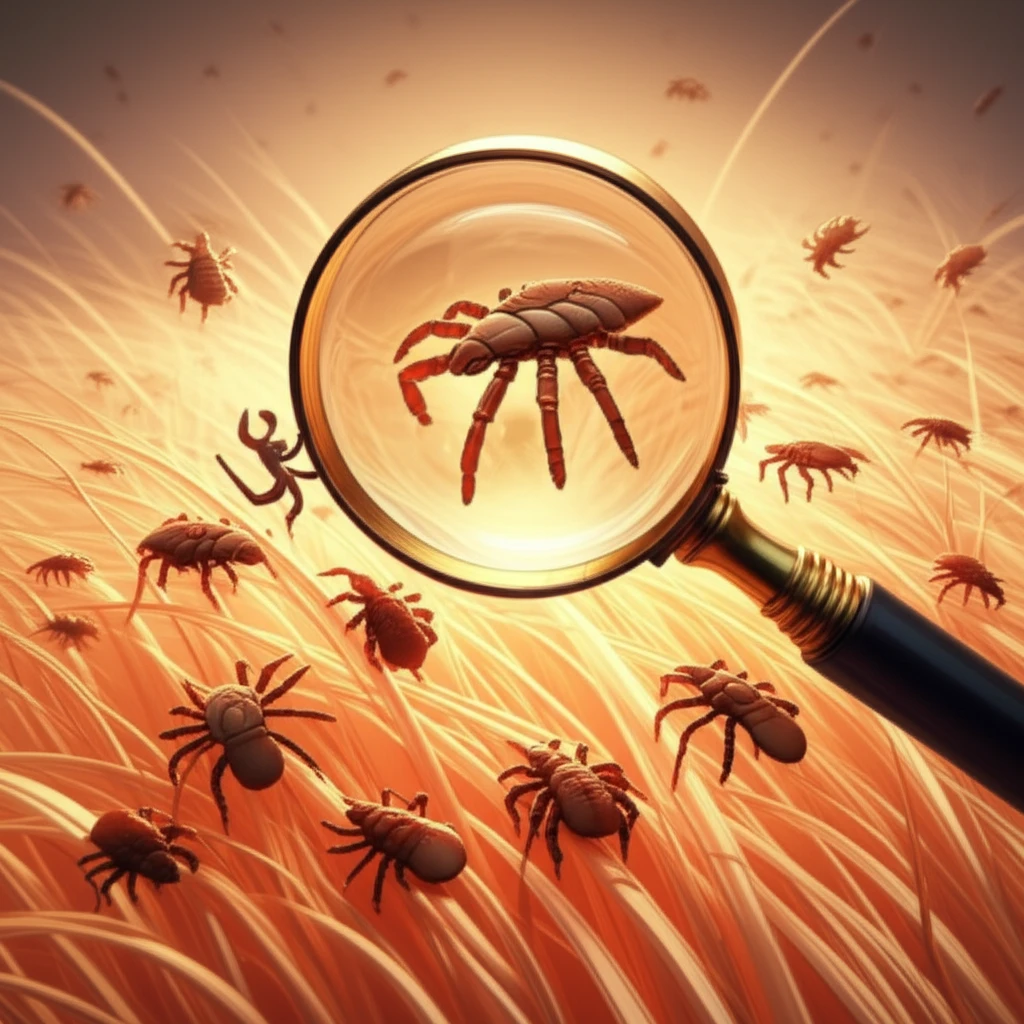
Head Lice Treatment: Why Cocamide DEA Lotion Falls Short
"A Deep Dive into a Failed Clinical Trial and the Ongoing Battle Against Head Lice"
Head lice. The mere mention of these tiny, tenacious insects can send shivers down the spines of parents everywhere. These unwelcome guests are a common nuisance, particularly among school-aged children. While numerous treatments promise quick eradication, the reality is often a frustrating cycle of application, combing, and re-infestation.
In the late 1990s, rising insecticide resistance prompted a search for alternative treatments. One such alternative was cocamide diethanolamine (DEA), a surfactant-based lotion. The hope was that this compound, known for its cleansing properties, could effectively eliminate head lice infestations. But did it live up to the hype? A detailed clinical trial sought to answer that question, and the results weren't exactly promising.
This article delves into the findings of a rigorous laboratory and clinical study investigating the efficacy of cocamide DEA lotion against head lice. We'll break down the study's methodology, results, and conclusions, providing a clear understanding of why this particular treatment didn't deliver the desired outcomes. More importantly, we'll explore what does work, offering evidence-based strategies for managing and eliminating head lice infestations effectively.
The Cocamide DEA Experiment: A Closer Look

The study, conducted by Ian F. Burgess, Elizabeth R. Brunton, and Christine M. Brown, involved both laboratory (in vitro) testing and community-based clinical trials. The initial lab tests assessed the lotion's impact on laboratory-reared body lice and their eggs. This was followed by two randomized, controlled clinical studies involving children and adults with confirmed head lice infestations.
- Study 1: Compared a single application of 10% cocamide DEA lotion for 60 minutes followed by shampooing, against a single application of 1% permethrin creme rinse.
- Study 2: Compared two regimens using 10% cocamide DEA lotion concentrated by hair drying: a single overnight application versus two applications, seven days apart, each lasting two hours.
Effective Strategies for Combating Head Lice
While the cocamide DEA lotion study yielded disappointing results, it's important to remember that effective head lice treatments do exist. A multi-pronged approach, combining thorough combing with evidence-based treatments, is often the most successful strategy. Consult with your doctor or pharmacist to determine the best course of action for your family. With persistence and the right approach, you can win the battle against head lice and restore peace of mind.
